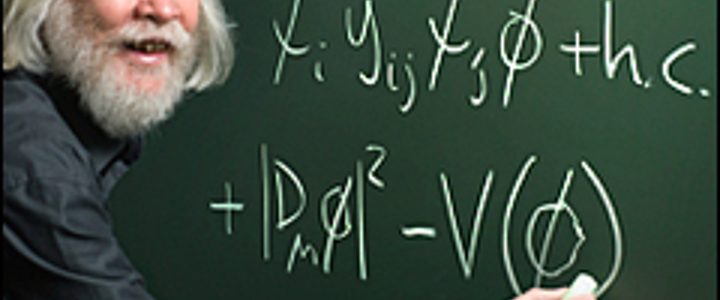
Clerk Maxwell Professorship of Theoretical Physics
King's College London
London, UK
Abstract:
The visible matter in the Universe is described by the Standard Model, which was completed by the Higgs boson. However, its discovery leaves many unresolved puzzles, recent experiments appear to show discrepancies with the Standard Model, and cosmology needs physics beyond the Standard Model to explain dark matter, dark energy and the origin of the matter in the Universe. Prospects for solving these puzzles are offered by experiments at CERN’s LHC and possible future accelerators such as FCC, and also astrophysical searches for dark matter and measurements of gravitational waves.
CV
After obtaining a PhD from Cambridge University and post-doctoral positions at SLAC and Caltech, from 1973 to 2011 he worked at CERN (Geneva), where he was Theory Division Leader for six years.His research interests focus on the phenomenological aspects of elementary particle physics and its connections with astrophysics, cosmology and quantum gravity. Much of his work relates directly to experiment: interpreting results of searches for new particles and exploring the physics that could be done with future accelerators. A proposal he made in 1976 led to the discovery of the gluon in 1979, and he was one of the first to study how the Higgs boson could be produced and discovered. He is currently active in efforts to understand the Higgs particle discovered recently at CERN, and understanding the implications of the discovery for extensions of the Standard Model such as supersymmetry and other possible new physics such as dark matter. He is also now studying possible future particle accelerators and experiments to measure gravitational waves.


